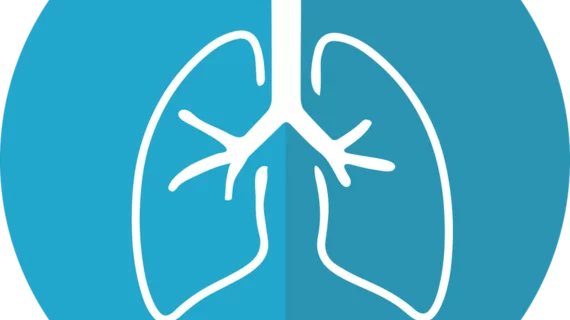Wearables could predict onset of acute exacerbation in COPD patients
The combination of wearable monitoring with predictive analytics could hasten identifying acute exacerbation in patients with chronic obstructive pulmonary disease (COPD), according to a study published in JMIR mHealth and uHealth.
COPD patients who experience acute exacerbations have reduced lung function, lower quality of life and higher mortality. Patient monitoring, however, has seen improvements. In this study, researchers examined the feasibility of wearable devices to monitor COPD symptoms. Researchers hope the study could be the first step in developing predictive analytics into wearables to detect the onset of exacerbation.
“The emergence of consumer wearables such as smartwatches offers a potential practical and affordable method to monitor and collect early signs frequently, even continuously, to detect concerning symptoms,” wrote first author Robert Wu, MSc, MD, and colleagues. “However, such devices can only work if they are worn and maintained. While elderly patients have said they would be willing to use telemonitoring devices to improve their care, studies have found recruitment difficulties, with up to 80 percent refusing to use the device and low patient adherence.”
The study enrolled 16 patients with COPD, averaged 68.5 years old, and provided them with a smartwatch that recorded audio, heart rate and accelerations. Participants were asked to wear the smartwatch for 90 days, while keeping a daily symptom diary.
Results showed participants were eager to engage with the smartwatch. They received data on their activity, heart rate and how to better manage their COPD. Researchers noted heart rate and activity data were available for an average of 64.5, 65.1 and 60.2 days, respectively. Additionally, technical issues resulted in heart rate and activity data to be lost for 13 and 17 days.
“Some patients with COPD will wear and maintain smartwatches that passively monitor audio, heart rate, and physical activity, and wearables were able to reliably capture near-continuous patient data,” concluded Wu and colleagues. “Further work is necessary to increase acceptability and improve the patient experience.”

